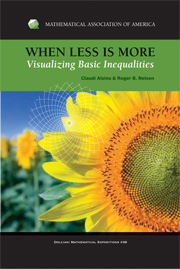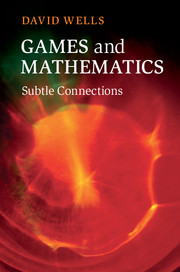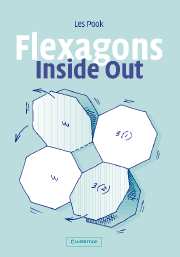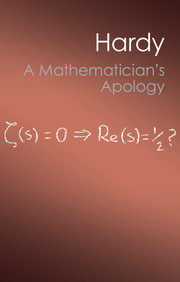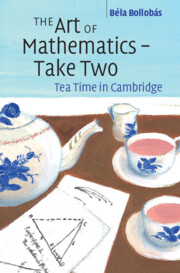When Less is More
Inequalities permeate mathematics, from the Elements of Euclid to operations research and financial mathematics. Yet too often the emphasis is on things equal to one another rather than unequal. While equalities and identities are without doubt important, they don't possess the richness and variety that one finds with inequalities. The objective of this book is to illustrate how use of visualization can be a powerful tool for better understanding some basic mathematical inequalities. Drawing pictures is a well-known method for problem solving, and we would like to convince you that the same is true when working with inequalities. We show how to produce figures in a systematic way for the illustration of inequalities; and open new avenues to creative ways of thinking and teaching. In addition, a geometric argument can not only show two things unequal, but also help the observer see just how unequal they are.
- Demonstrates methods for creating pictures to illustrate (or even prove) inequalities
- Contains many examples and applications of the methods discussed
- Each chapter ends with a collection of challenges that the reader may work through in order to better understand the methodology of the chapter
Product details
April 2009Hardback
9780883853429
199 pages
235 × 158 × 15 mm
0.41kg
This item is not supplied by Cambridge University Press in your region. Please contact Mathematical Association of America for availability.
Table of Contents
- Preface
- Introduction
- 1. Representing positive numbers as lengths of segments
- 2. Representing positive numbers as areas or volumes
- 3. Inequalities and the existence of triangles
- 4. Using incircles and circumcircles
- 5. Using reflections
- 6. Using rotations
- 7. Employing non-isometric transformations
- 8. Employing graphs of functions
- 9. Additions topics
- Solutions to the challenges
- Selected open challenges for visualizing inequalities
- Symbols and notation
- References
- Index.

